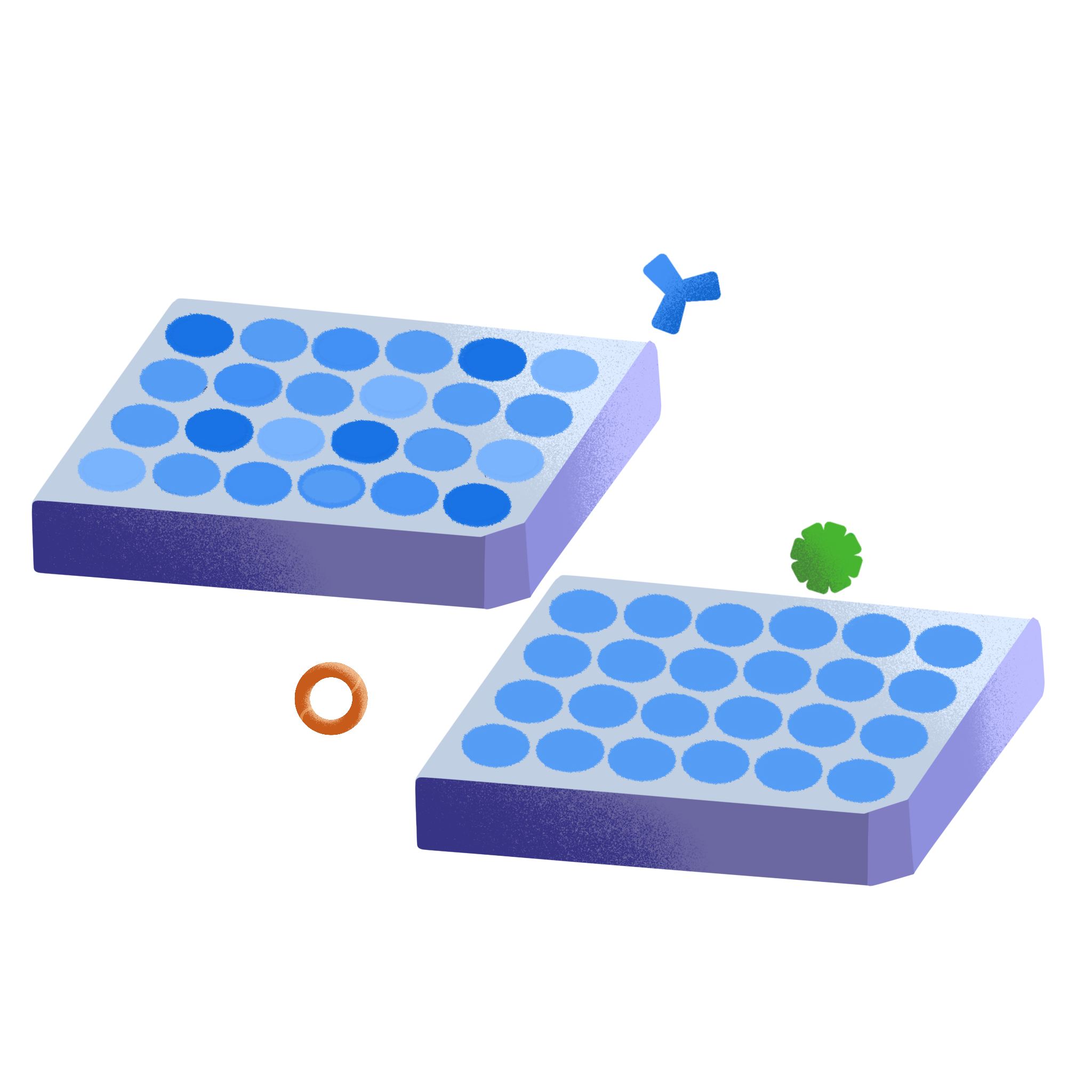
A crucial laboratory protocol in molecular biology and proteomics, used to ensure consistent concentrations of components (like DNA, RNA, or protein) across samples. It enhances the accuracy and reliability of downstream analyses, such as sequencing, PCR, or protein assays.

DNA normalization (concentration normalization) is typically used in workflows like Next-Generation Sequencing (NGS), Polymerase Chain Reaction (PCR), and proteomics. Despite its importance, DNA normalization can be difficult and prone to errors due to the need for precise measurements and calculations, especially when using manual pipetting.
Manual normalization, normalization using a liquid handling system, and normalization using a microplate reader are some methods employed for this process. However, automated systems are increasingly preferred due to their higher accuracy, reproducibility, and efficiency, as well as their reduced risk of contamination.
The technique is commonly used in a variety of molecular biology workflows, including:
The OT-2 is a bench-top liquid handler designed to be accessible and flexible enough to automate many common applications.
Opentrons helps you automate DNA normalization with open-source protocols for the OT-2 and Opentrons Flex
DNA normalization is difficult because it requires precise measurements and calculations. Even a small error can significantly affect the final results. It is also time-consuming and laborious, especially when dealing with large numbers of samples.
Key Challenges of Concentration Normalization with Manual Pipetting
numbers of samples.
The normalization process can be automated using liquid handling systems. These systems can measure the concentration of each sample using spectrophotometry or fluorometry, calculate the required adjustment, and then accurately dispense the appropriate amount of diluent or concentrated sample to achieve the desired concentration.
Automation of the normalization process offers several advantages over manual pipetting, including:
Our team of experts can help figure out if automation is right for you. Book a virtual demo to discuss your workflow needs with an expert.